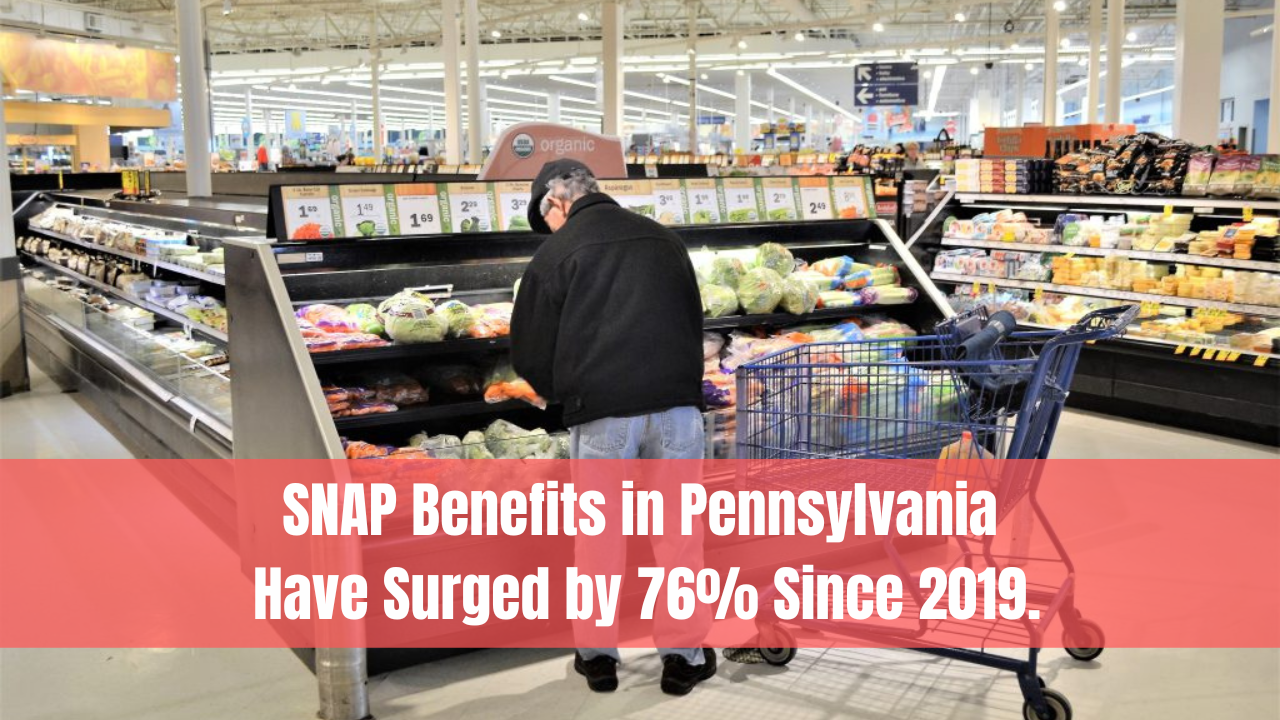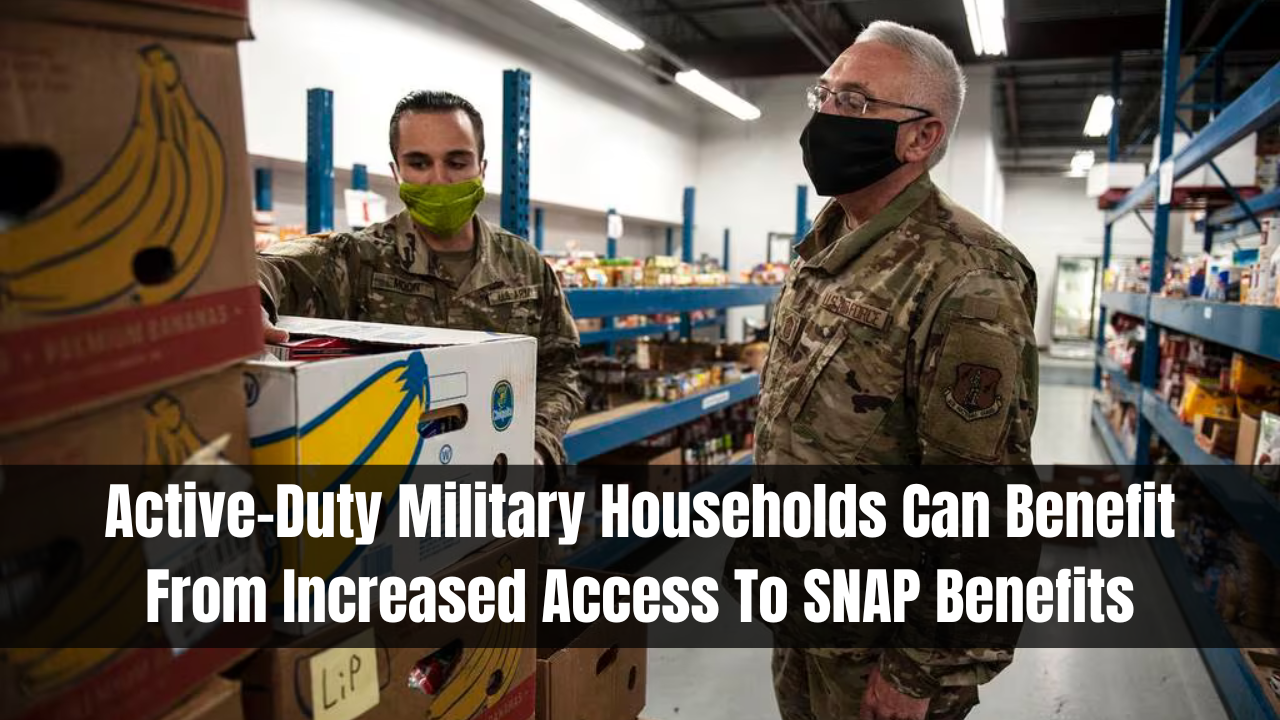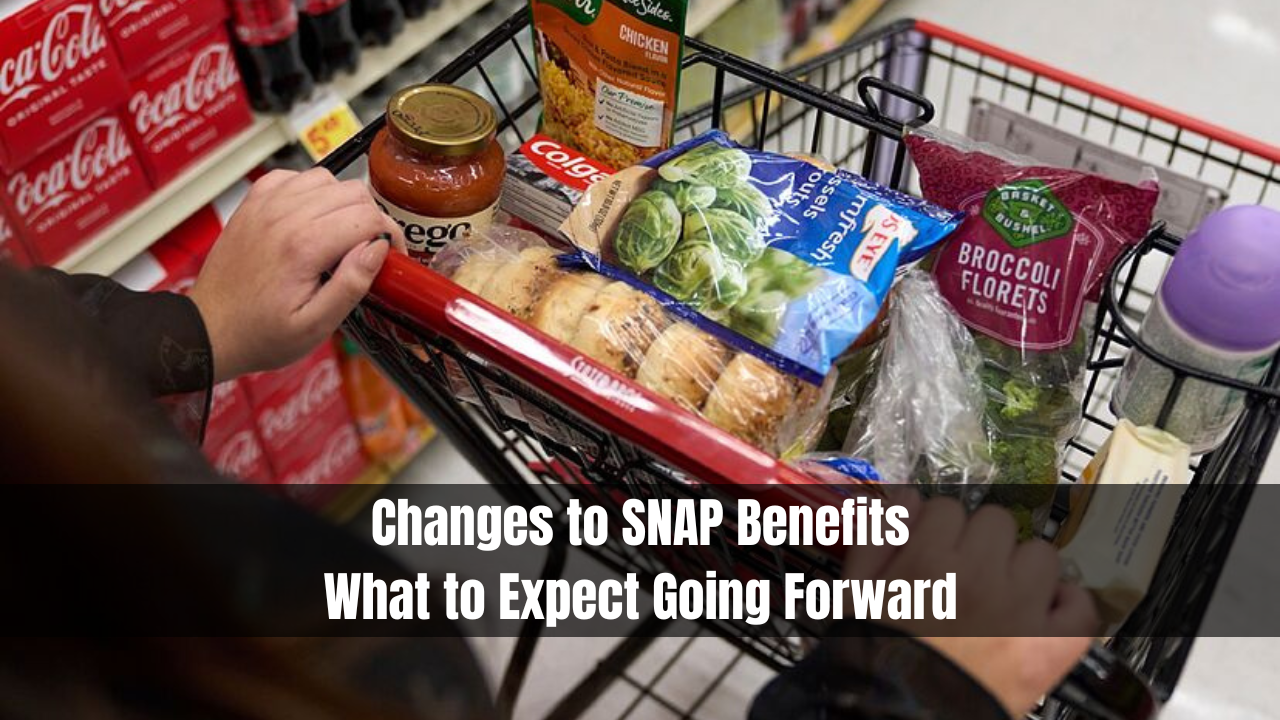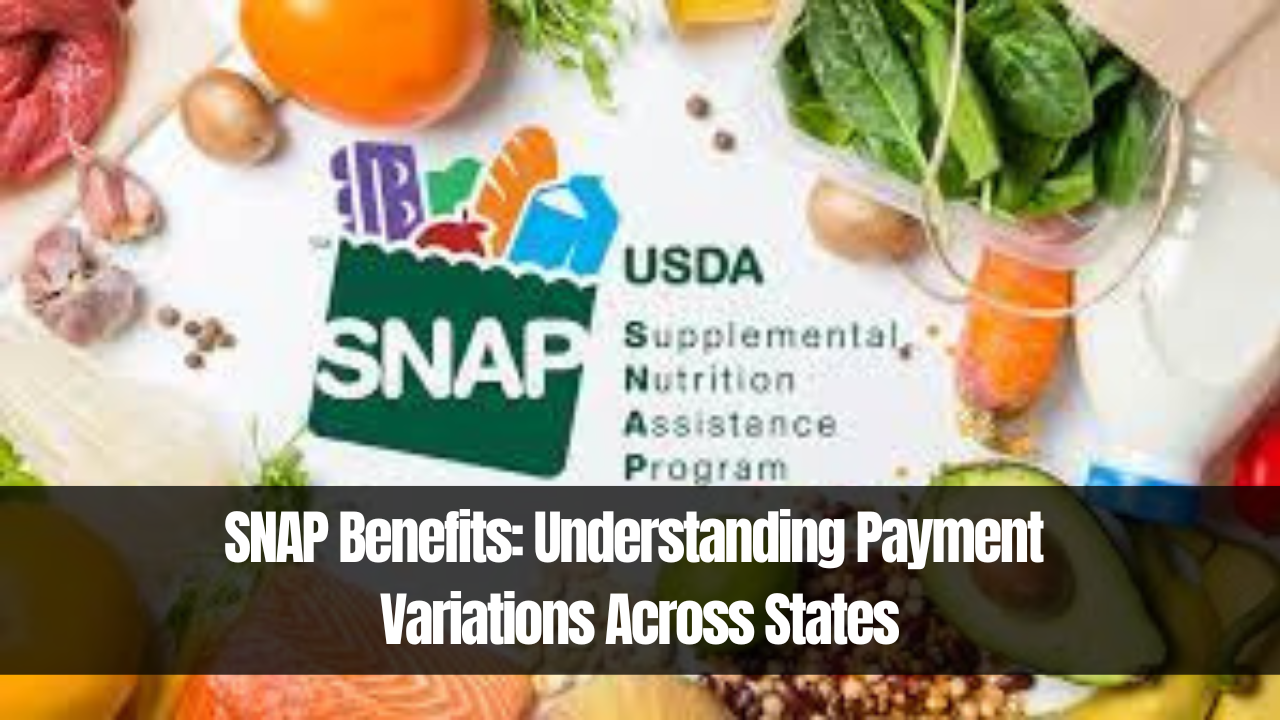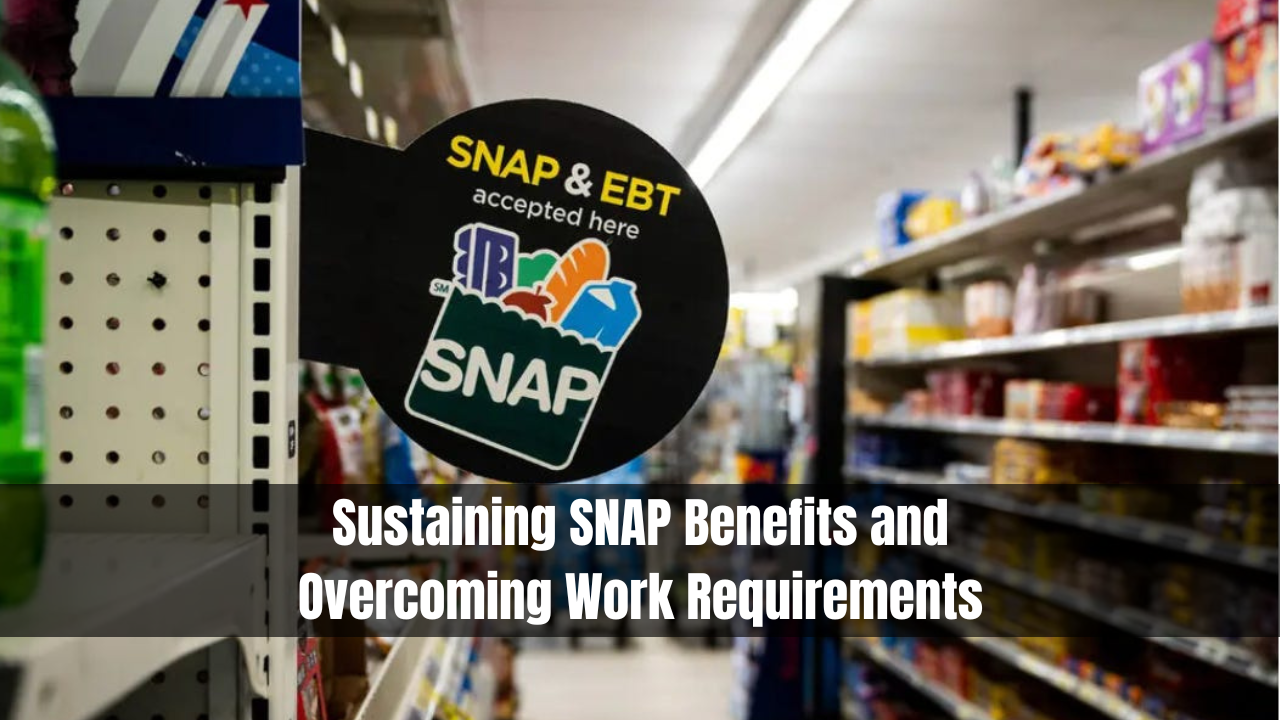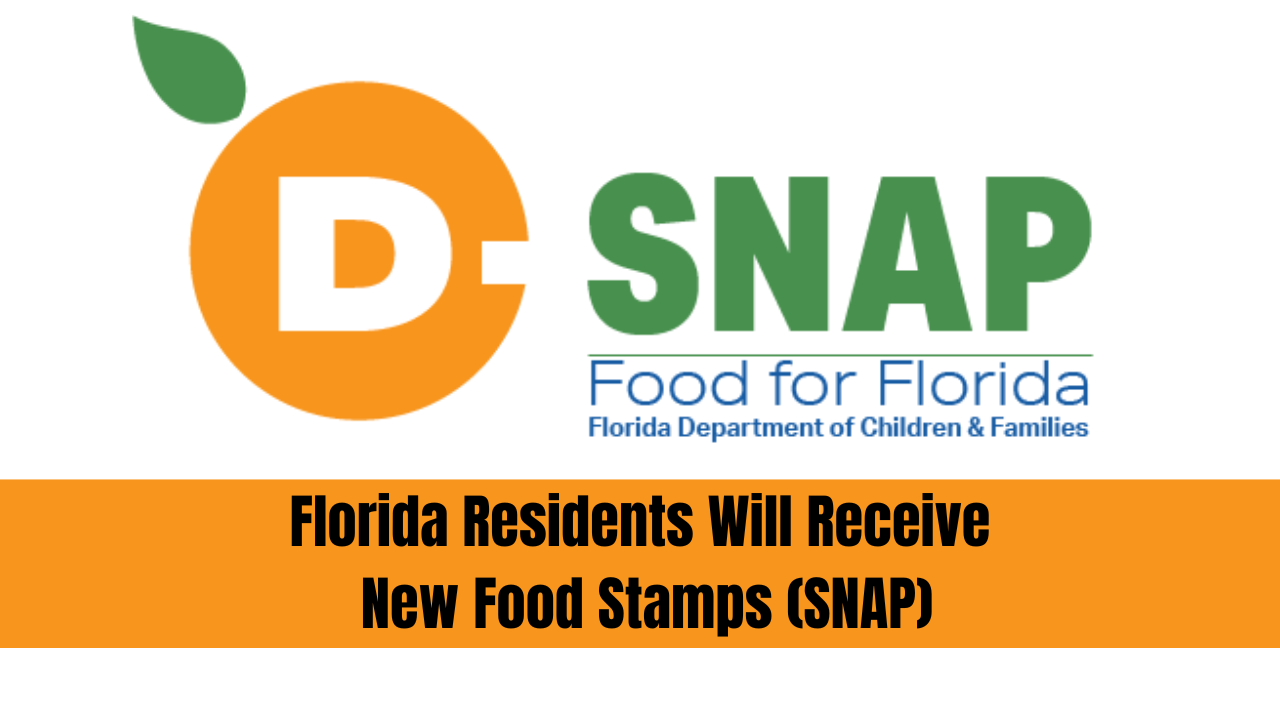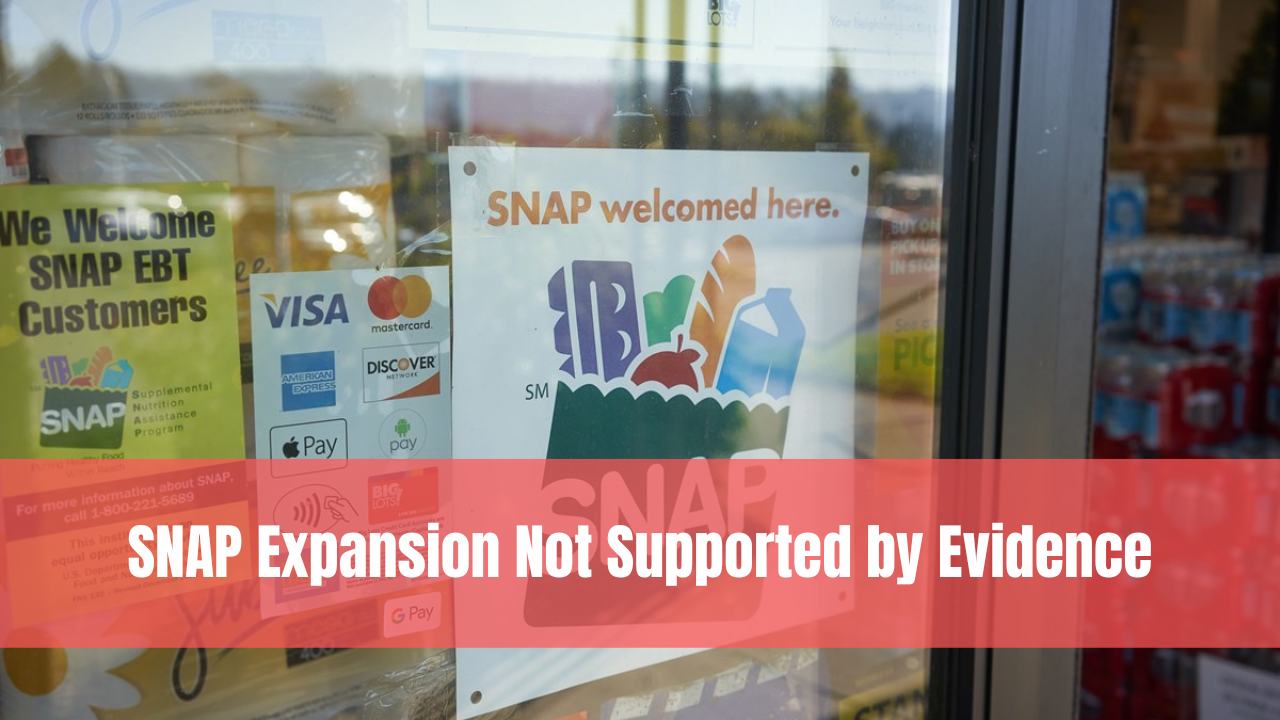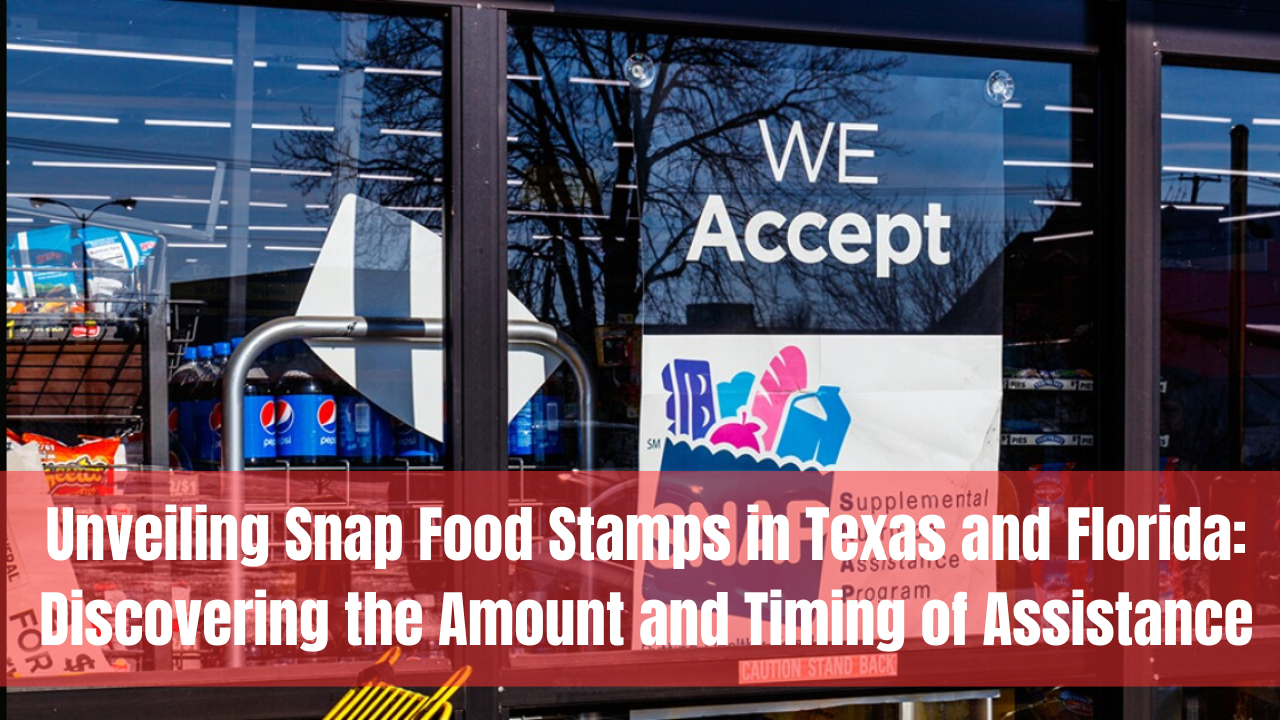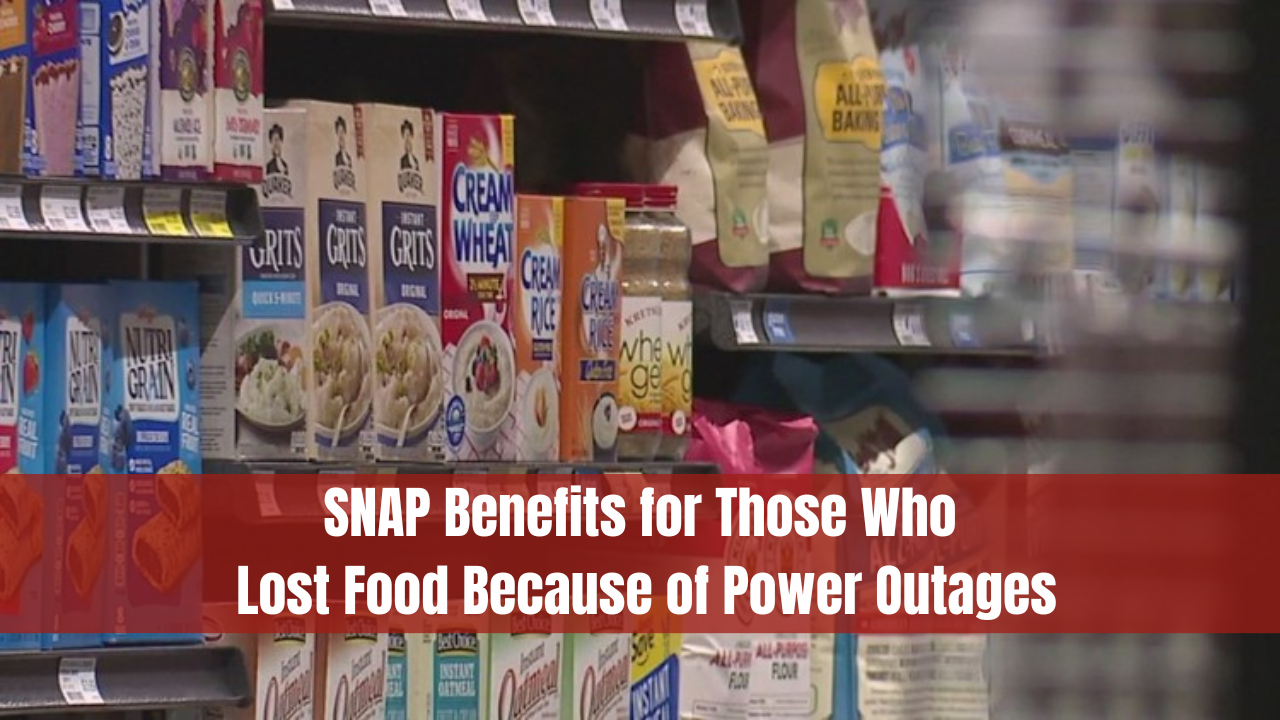SNAP Benefits in Pennsylvania Have Surged by 76% Since 2019. When the COVID-19 pandemic struck, both state and federal governments responded by augmenting financial assistance to the public. This aid, comprising welfare benefits, stimulus checks, and loans, remains prevalent, and in Pennsylvania, a recent analysis by the Independent Fiscal Office (IFO) reveals a remarkable 76% increase in Supplemental Nutrition Assistance Program (SNAP) benefits since November 2019.
Factors Driving the Surge
The surge in SNAP benefits is attributed to a 16% rise in the number of recipients and a substantial 52% increase in average monthly benefits. Despite a flat population growth and a record-low unemployment rate, the IFO highlights the persistent growth in the number of people receiving benefits.
Trends in SNAP Benefits
In 2019, SNAP benefits in Pennsylvania amounted to $208 million. By 2022, this figure peaked at $531 million before settling at $366 million in 2023. The growth in beneficiaries is evident, with 1.75 million Pennsylvanians receiving SNAP benefits in 2019 and over 2 million in 2023.
Policy Changes Driving Expansion
State and federal policy changes have played a significant role in this expansion. In 2022, Pennsylvania expanded eligibility from 165% above the federal poverty line to 200%. Further, in 2023, certain college students became eligible for SNAP benefits. However, a major catalyst for the surge was a 2022 change by the U.S. Department of Agriculture to its Thrifty Food Plan, resulting in a “significant increase in the maximum monthly benefit.”
Addressing Challenges and Concerns
While SNAP benefits saw an upward trajectory, concerns arose regarding benefits going to deceased recipients. The General Assembly took steps to address this issue, passing a bill in the Senate. Nevertheless, progress stalled in the House. This concern gained attention following a 2016 audit that identified over 2,000 accounts receiving state benefits after the account holders’ deaths.
Conclusion
Governor Tom Wolf, during the expansion, acknowledged that the action “allows us to extend a reprieve to people who may be struggling.” However, the expansion also introduced a “benefits cliff,” where a wage increase could lead to individuals losing their benefits—a departure from the less-dramatic phase-out observed in the previous system. As Pennsylvania continues to grapple with these dynamics, the landscape of SNAP benefits remains dynamic, reflecting ongoing shifts in policy and economic conditions.
